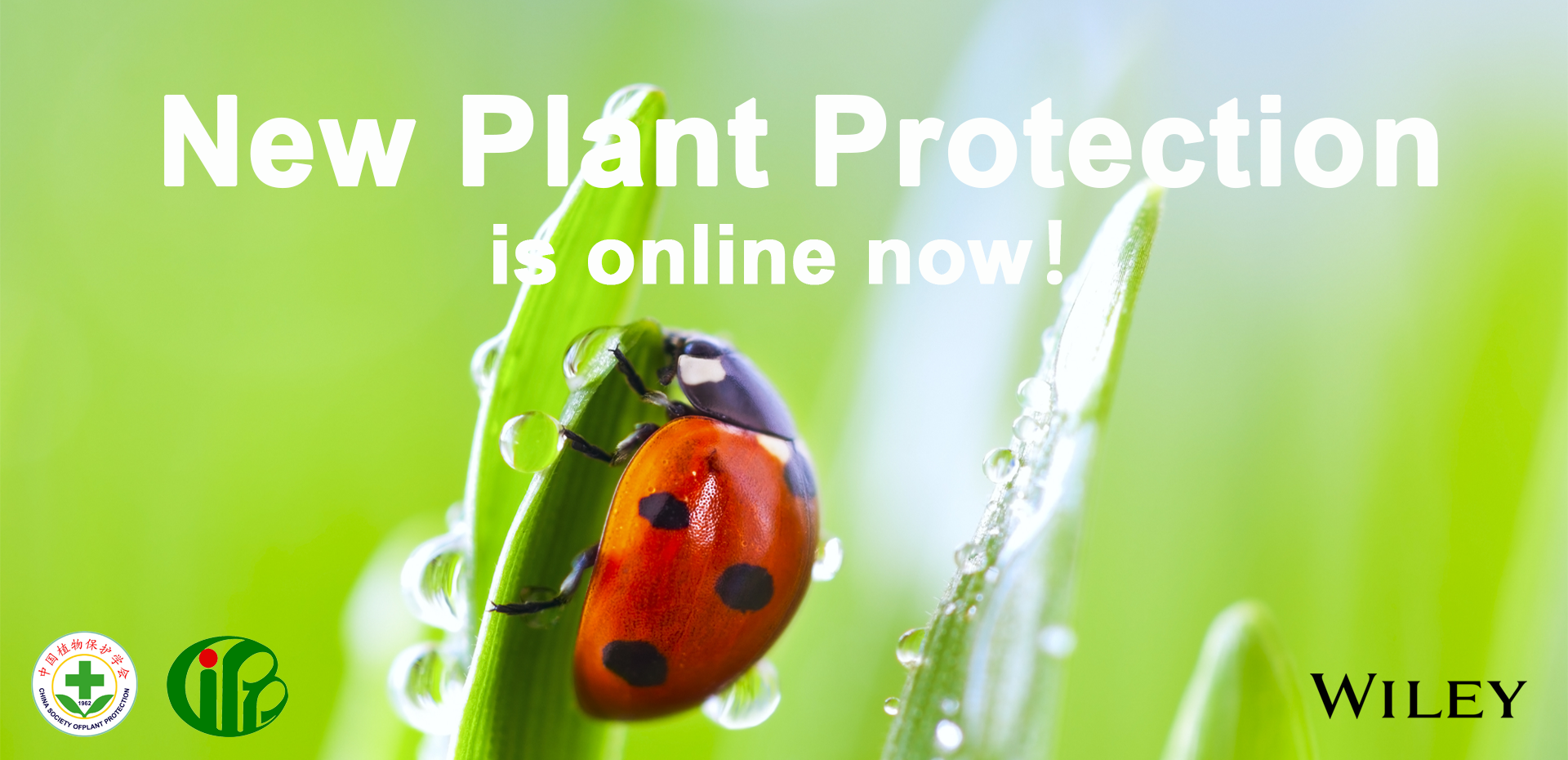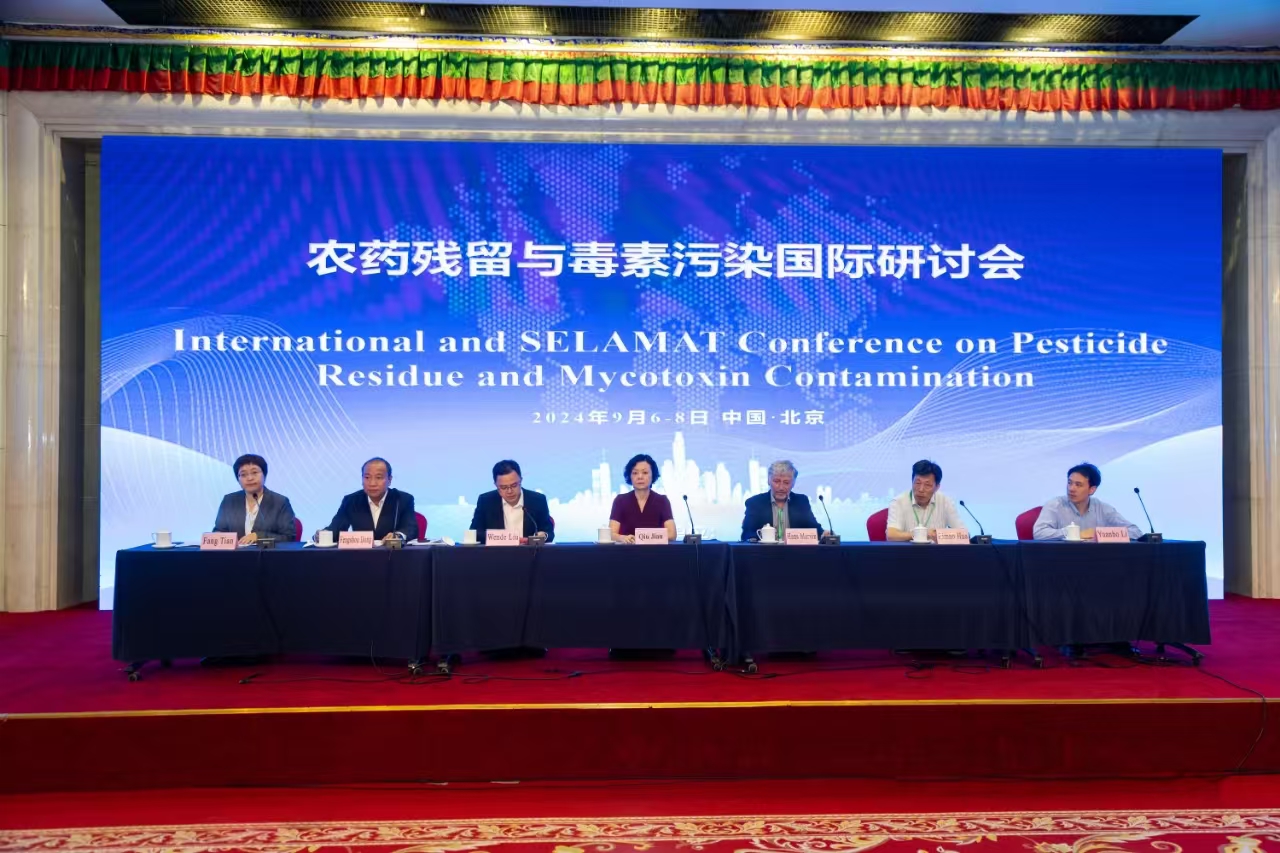Simultaneous reduction in incidence of Bemisia tabaci (Hemiptera: Aleyrodidae) and Sylepta derogata (Lepidoptera: Pyralidae) using velvetleaf, Abutilon theophrasti as a trap crop
Kejian Lin, Yanhui Lu, Peng Wan, Yizhong Yang, Kris A. G. Wyckhuys and Kongming Wu
Abstract
Trap cropping is a useful tool in sustainable pest management. Trap crops usually target a single species or genus of insect pests. In this study, we assessed the potential of velvetleaf (Abutilon theophrasti) as a trap crop for two distant insect species, Bemisia tabaci and Sylepta derogata in Chinese cotton fields from 2006 to 2009. Under laboratory conditions, velvetleaf, a known trap plant of B. tabaci, was preferred over cotton by S. derogata for oviposition, and the subsequent offspring had greater survival and faster development on velvetleaf than cotton. Field-plot trials showed that population densities of S. derogata were 46–110 times greater on velvetleaf than on cotton, respectively. Commercial field trials indicated that S. derogata density and leaf damage were 79–90 % and 83–94 % lower in cotton fields inter-planted with sprayed velvetleaf strips than without them, respectively; whereas densities of B. tabaci were 21–51 % lower in fields with sprayed velvetleaf strips than in those without. At >10 m from velvetleaf strips, densities of B. tabaci and S. derogata in cotton gradually increased. Velvetleaf strips were an effective trap crop for simultaneous management of B. tabaci and S. derogata in cotton fields.
J Pest Sci (2015) 88:49–56. DOI 10.1007/s10340-014-0584-4
-
 China-Laos Training Workshop on Integrated Management of Destructive Crop Pests and Diseases Successfully held in Laos
China-Laos Training Workshop on Integrated Management of Destructive Crop Pests and Diseases Successfully held in Laos -
 New Plant Protection: New challenge and new opportunity for plant protection
New Plant Protection: New challenge and new opportunity for plant protection -
 International and SELAMAT Conference on Pesticide Residue and Mycotoxin Contamination Held in Beijing
International and SELAMAT Conference on Pesticide Residue and Mycotoxin Contamination Held in Beijing -
 CAAS President Meets Chairman of ASEAN FAW Taskforce
CAAS President Meets Chairman of ASEAN FAW Taskforce
